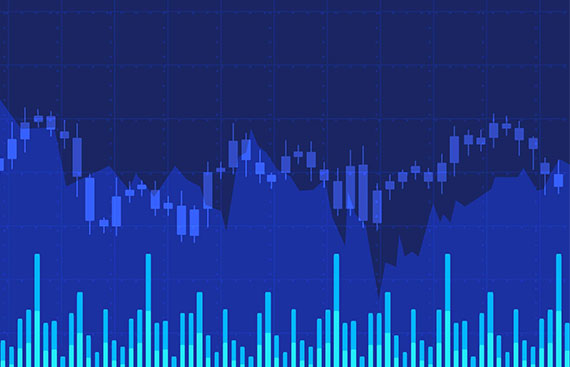Understanding Trading Indicators in Binary Options Trading

Binary options trading is a financial instrument that relies on the prediction of asset price movements within a specified time frame. While it may seem straightforward, traders often employ various tools and strategies to make informed decisions.
Trading indicators play a crucial role in binary options trading by providing traders with valuable insights into market trends and potential price movements. In this blog post, we will explore what trading indicators are, why they are helpful, and introduce some commonly used indicators.
What Are Trading Indicators?
Trading indicators are mathematical calculations and visual representations of market data that help traders analyze and predict future price movements. For example, CCI is a widely-used trading indicator in binary options. But we’ll get to that in a second.
These tools are applied to charts and graphs to provide insights into the current market conditions, trends, momentum, and potential reversal points. Trading indicators offer several advantages to binary options traders:
- Objective Analysis: Indicators provide objective data, reducing the influence of emotions in trading decisions. By relying on quantifiable data, traders can make more rational choices.
- Market Information: Indicators offer valuable information about market trends, volatility, and potential reversals. Traders can use this information to assess the current state of the market and make predictions about future price movements.
- Timing: Traders can use indicators to find good times to enter and leave a trade. By using indicators to time their trades, traders can maximize their chances of profitable outcomes.
- Confirmation: Indicators can be used to confirm or validate other technical analysis tools, such as support and resistance levels or chart patterns. This confirmation can enhance a trader's confidence in their trading decisions.
Commonly Used Trading Indicators
Now, let's introduce some commonly used trading indicators in binary options trading:
1. Moving Averages
Moving averages are one of the most fundamental indicators in trading. They smooth out price data by calculating the average closing price over a specified number of periods (e.g., 10 days, 50 days, or 200 days). Moving averages help identify trends and potential reversal points. The two primary types are:
- Simple Moving Average (SMA): Each data point in the given time period is given the same amount of weight by the SMA.
- Exponential Moving Average (EMA): The EMA gives more weight to recent price data, which makes it better at reflecting how the market is doing right now.
2. Relative Strength Index (RSI)
The RSI is a momentum predictor that checks how fast and how much prices change. It has a value between 0 and 100 and is usually used to find market situations where prices are too high or too low. Traders often look for divergence between the RSI and price to predict potential reversals.
3. Stochastic Oscillator
The stochastic oscillator is another momentum indicator that compares the closing price to a price range over a specific period. It consists of two lines: %K and %D. Traders use it to identify potential trend reversals and overbought/oversold conditions.
4. Bollinger Bands
Bollinger Bands have a SMA in the middle and two bands on the edges that are spaced two standard deviations apart from the SMA. These bands get wider and narrower as the market changes. Traders look for turning points and possible price changes when prices touch the outer bands of Bollinger Bands.
5. MACD (Moving Average Convergence Divergence)
When two moving averages are plotted next to each other, the MACD shows how they relate to each other. A MACD line and a warning line make it up. Traders look for crosses between the MACD and the signal line to see if the trend is about to change.
6. Fibonacci Retracement
Fibonacci retracement levels are used to find possible levels of support and resistance. They are based on the Fibonacci pattern. Traders mark these levels on a price chart to find possible places where the price will change direction or stay the same.
Combining Indicators for Enhanced Analysis
Experienced binary options traders often combine multiple indicators to gain a more comprehensive understanding of market conditions. This approach helps reduce false signals and increases the accuracy of their predictions.
It's important to note that while trading indicators are valuable tools, they are not foolproof. No single indicator can guarantee success in binary options trading. Traders should use indicators as part of a broader trading strategy, considering other factors such as fundamental analysis, market news, and risk management.
